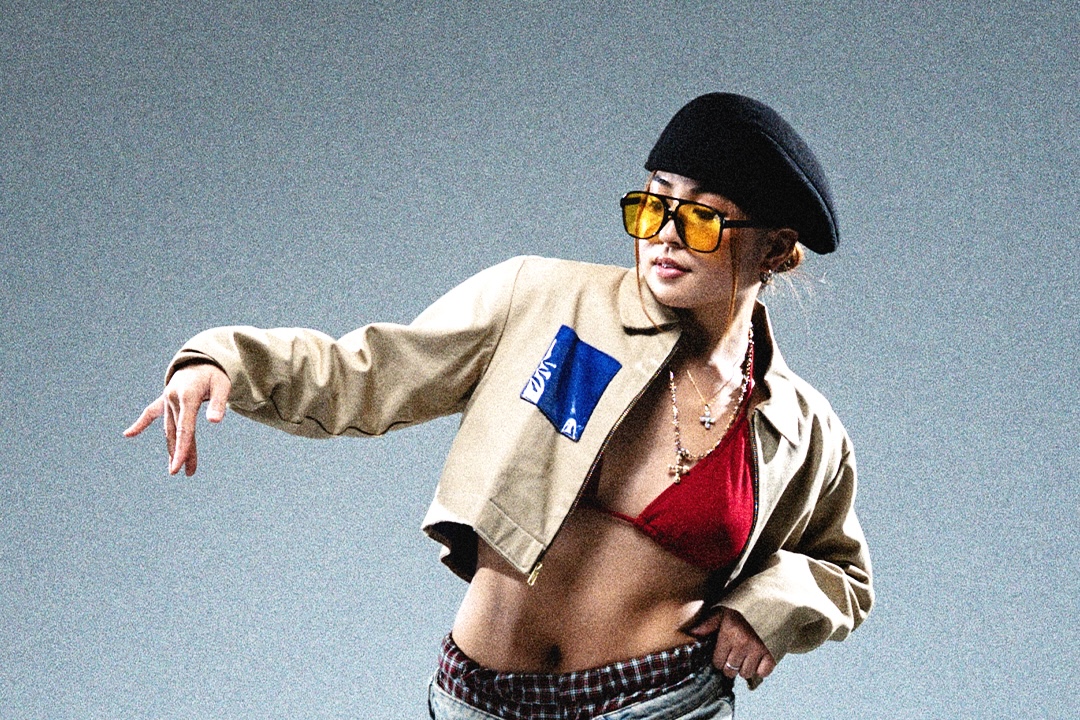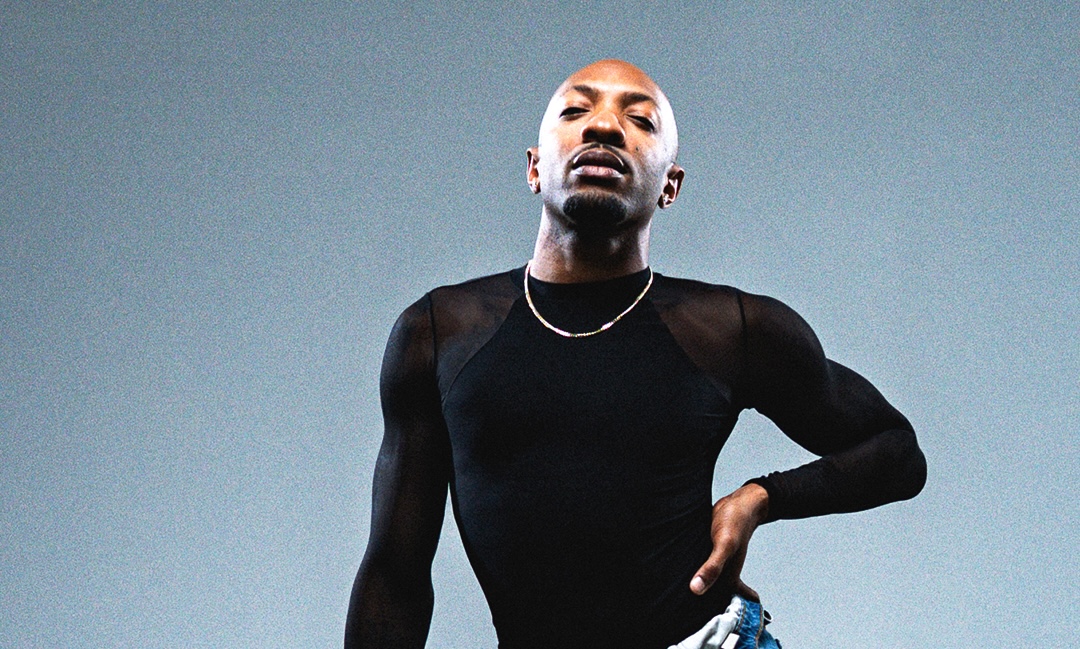Teaching a dance class is TOUGH, man. Have you ever been in front of your students sweating profusely (after only warmups), trying to calm your nerves, believe in your choreo, remember your counts, and not be awkward as hell? Yep. Don’t get me wrong. It’s definitely a fun job – but it’s still a job, nonetheless. So if you find yourself struggling to communicate certain things with your class, then try brushing up on your teaching skills! Keep reading to catch the mistakes that you didn’t even know you’re making. Improve your class experience for your students and for yourself!
If dancers are having trouble learning your choreography, then maybe...
1. You’re not showing your counts/music clearly
We all have different learning preferences. Some dancers prefer counts, some like to learn with sounds.
Some songs are better depicted if you sing them, while some are clear-cut with their boom’s and ka’s on whole counts.
A good way to know which to use is by studying your music really, really carefully.
Think about the way that you choreographed it to better understand which sounds you’re trying to highlight. Then use that interpretation of the music to teach it.
Gauge which is the most effective way to show your music. You don’t have to stick to just one method – you can alternate between counting and noises throughout the class.
See Related Article: How To Train Your Musicality As A Dancer
2. They can’t see you!
It’s frustrating to be in the back of a super packed class and only be able to see the choreographer’s hat -__-
It’s even more frustrating when the choreographer is not mindful of this and never asks the front half of the class to sit down.
If anything, it’s efficient to have the front half sit down and teach your choreo to the back half first.
This way, the front half can watch and understand the movement, then get up to try it out.
But if you teach the front half first, then the back half will constantly be playing catch-up, seeing and practicing everything only half as many times as the front.
*This process can also apply to smaller classes if you need to clarify more intricate movements!
Make sure that the front half sits down especially when you show your piece with music.
This is so important.
No one needs to be dancing at this time, just observing.
So give everyone a fair view and chance to absorb the musicality!
See Related Article And Video: How To Get The Most Out Of Dance Class
3. You’re not describing the in-betweens
Pictures and angles are straightforward. You just show it, describe it, and your students can copy/paste that onto their own bodies.
But while Point As and Bs will make dancers clean, they won’t make ‘em dance.
If your students are hitting your pictures, but not really embodying the music the way you envisioned, then maybe you’re not guiding them through the pathway between A and B.
It’ll take a bit of work and creativity, but try to describe that texture or dynamic as best a possible.
I’ve heard some outlandish metaphors (Punching a baby?! Swimming in a pool of honey?? (yum)), but they definitely help.
If you can’t think of ways to describe the move, it helps to describe the sound you’re embodying:
I.E.: “It’s a really gentle guitar strum, so don’t use too much energy,” “This bass is loud and round and doesn’t really end, so hit it big then milk it out”
See Related Article: The Ultimate Guide To Execution Of Movement For Beginner Dancers
4. You need to pace yourself!
Teaching too quickly or too slowly can be detrimental to the learning process.
Every class you teach is going to be filled with different students of different skill levels and learning styles, so communicate with them!
Ask what they need. And (within reason), give it to them!
In addition, observe observe observe.
Sometimes you don’t even need to ask if people need to review or if they’re ready to move on – you can see how they’re doing and gauge from there.
You should be watching your students 9023749187x more than you’re watching yourself.
See Related Article: Things Dance Students Love & Hate From Their Choreographers
5. Choreo. Overload.
I know, I know.
You choreographed to the end of the chorus where that dramatic, climactic breakdown is…
But it should not be a priority to reach that checkpoint.
In fact, the amount of choreo you get through in a class should not be a priority at all.
Your priority is to make sure your students are being challenged, learning something new, understanding the dance, and above all – having a good time doing so.
If you try to cram in the last 2 8-counts in the last 3 minutes of class, it’ll be hard to retain the parts that the students were fine with in the first half of the piece.
Don’t finish the piece just for the sake of finishing it.
End your instruction with enough time to share during groups, and enough brain space in your students that they can walk away feeling challenged but not defeated.
See Related Video: How To Pick Up Choreography Faster | Dancer Rants #2
As you may have noticed, most of these tips are about communicating with your students!Remember that class is an exchange of energy. Give and receive it in order to deliver the best possible experience for everyone!Have a great next class!!Do you have any tips when it comes helping students understand your choreography? Leave a comment and share with us!
Taking class is a great way to study how to teach a class. Learn from world-renowned experts delivering their best instruction on STEEZY Studio!










